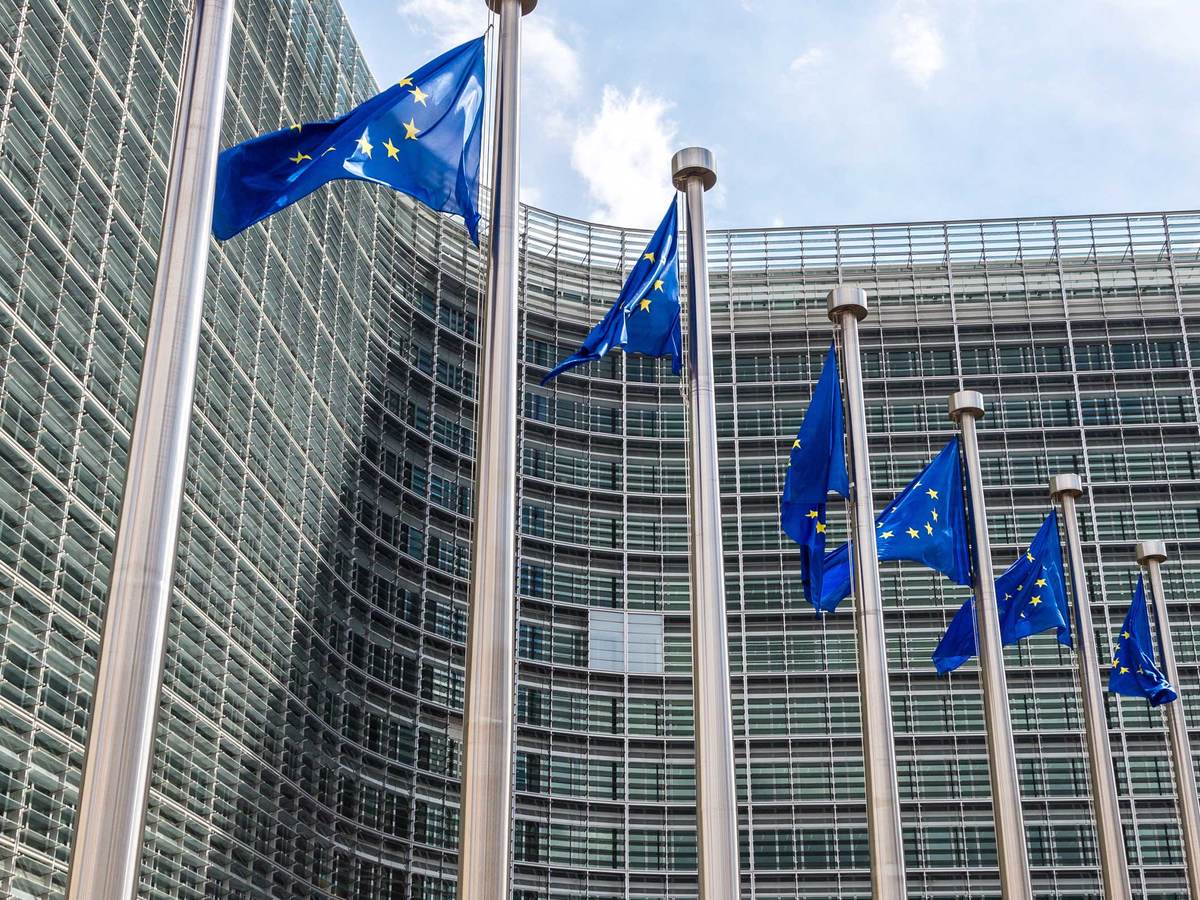July 6, 2023
By Annette Van Raamsdonk and Evangeline Loh
As medical device regulatory professionals, one of us with a formal legal training (legal degree), and both of us passionate about the European (EU) legislation, observing the changes in legislation has been a hobby.
Why a regulation over a directive?
Why use a legislative mechanism such as a Directive which requires each EU member state to transpose the Directive into each member state law? Hence, the Directive is only applicable, once transposed into national legislation, which is required for each EU member state. However, a Directive allows each member state to adopt its own national requirements, in addition to the requirements from the Directive. Especially where there is subsidiarity, and the use of “member states may” leads to differences in transposed legislation.
Conversely, Regulations apply to all EU member states as drafted, and member states can adopt additional national legislation only if designated in the Regulation.
Recent legislative trends
Well, it seems the European legislators are starting to question this approach as well. More and more previously released Directives are revised as Regulations. And, new legislation is now seemingly releases as Regulations.
It would appear that the “appropriate legal instrument” is a Regulation, which is better aligned with the EU’s goal of a “single market.”
The New Approach Directives and the New Legislative Framework legislation
All the product legislation under the New Approach was a Directive (22 Directives) including the legislation which set up the regulatory paradigm. The New Legislative Framework (NLF) itself consists of two regulations and a decision. With the NLF legislation, eight of the 24 product legislations were promulgated as Regulations.
To highlight the legislation of a few products, this includes (active implantable) medical devices, in vitro diagnostic (IVD) devices and personal protective equipment.
Other legislation which transitioned from a Directive to a Regulation
Other examples of previously released Directives which were revised as Regulations include: Cosmetics, Clinical Trials, General Data Protection and General Product Safety.
In the recital (3) to the General Product Safety Regulation (Regulation (EU) 2023/988), the explanation for a regulation is the following: “no scope for divergent transition by Member States allows for better delivery of the objective of ensuring coherence with the market surveillance legislative framework for products falling with the scope of Union harmonization legislation, where applicable legal instrument is also a Regulation” and “reduce the regulatory burden through a consistent application of product safety rules across the Union.”
New legislation released as regulation
The NLF legislation related to the two most recent product categories (fertilizing products and drones) are Regulations. The proposed draft law on Artificial Intelligence (AI) is a draft Regulation.
The draft Regulation on AI (2021/0106(COD)) justifies the regulation (Section 2.4): “uniform application,” “direct applicability,” “reduce legal fragmentation,” “facilitate the development of a single market,” and “improving the protection of fundamental rights and providing legal certainty for operators and consumers.
Concluding Remarks
It is clear that the favored legal instrument for complicated regulatory matters is that of a Regulation. It applies to all EU member states as the Regulation is drafted on the dates prescribed. There is no need for separate member state legislation to implement the legislation, and the Regulation minimizes the additional national requirements that could lead to legal differences.
Request more information from our specialists
Thanks for your interest in our products and services. Let's collect some information so we can connect you with the right person.






